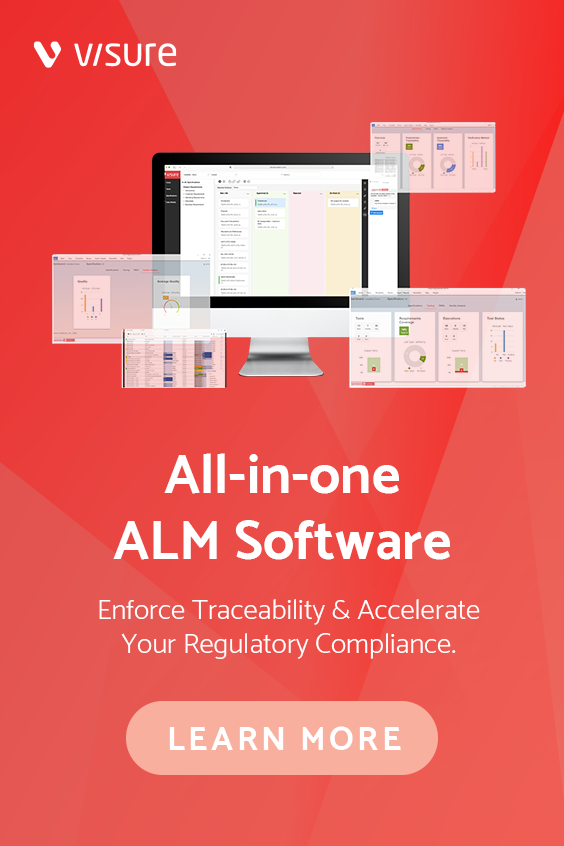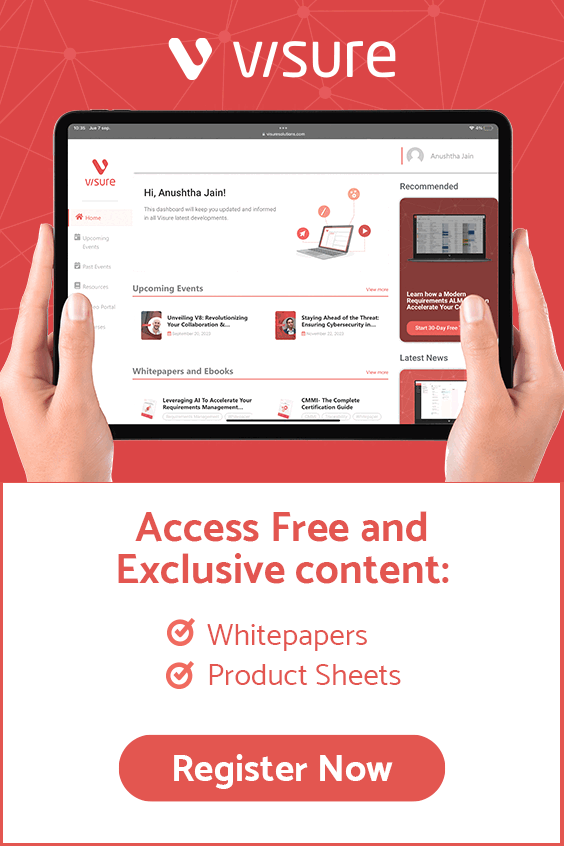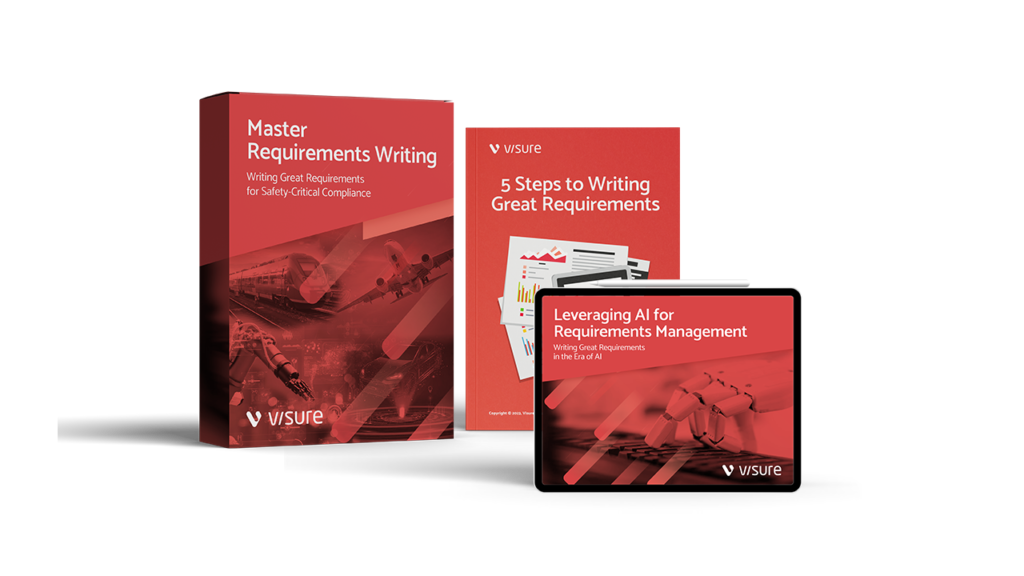The Ultimate Requirements Management and ALM Guide
Application Lifecycle Management
We live in a software-driven world, where software engineering capabilities directly impact organizations’ ability to be successful. To shorten the speed of delivery, enhance agility, and increase product quality, among other things, organizations are constantly on the lookout for ways how to streamline all stages of the software application development life cycle, which is where application lifecycle management (ALM) tools come in.
Application Lifecycle Management (ALM) is a process of managing the development and deployment of software applications throughout their entire life cycle. This includes specifying, designing, developing, testing, and deploying the application. It also encompasses supporting the application after it goes live and ensuring that users have a positive experience. ALM is essential for organizations that want to ensure that their software applications are developed efficiently and effectively. In this guide, we will provide a comprehensive overview of ALM including its definition, best tools, and phases.
1. Introducing ALM
2. Key Components of ALM
3. Benefits of ALM
4. Best ALM Tools and Softwares
5. Best Practices For Implementing ALM
6. Future Trends & Developments in ALM
7. ALM Top Resources
8. ALM Trainings & Courses
9. Glossary
1. Application Lifecycle Management
A comprehensive overview of what Application Lifecycle Management is.
2. Compliance Management
An overview of the components/stages of the Compliance Management Cycle
3. Configuration Management
An overview of the benefits of ALM including how it helps organizations improve collaboration, productivity, and software quality.
4. DevOps
DevOps Simplified: A Step-by-Step Guide to Building Agile, Automated, and Reliable Pipelines
5. FMEA Risk Management
FMEA Explained: Streamlining Risk Management Across the Product Lifecycle
6. Quality Management
Quality Without Compromise: A Practical Guide to Managing and Improving Product Excellence
7. Requirements Management
Requirements Management Guide: Ensuring Clarity, Traceability, and Alignment in Every Project
8. Systems Engineering
Next-Gen Systems Engineering: Integrating MBSE and AI for Accelerated Innovation and Precision
9. Tender and Procurement Management
From RFP to Contract: A Comprehensive Guide to Efficient Tender and Procurement Management
10. Test Management
From Test Case Design to Validation: Leveraging AI and Traceability for Effective Test Management
11. Glossary
This is a comprehensive Requirements Management and Application Lifecycle Management (ALM) Glossary.
Don’t forget to share this post!
Start Gaining End-to-End Traceability Across Your Projects with Visure Today
Start 14-day Free Trial Today!


